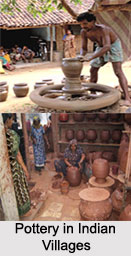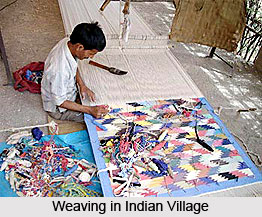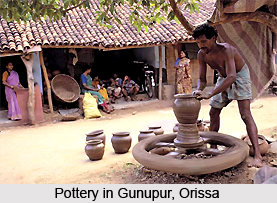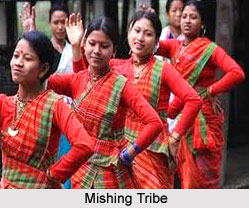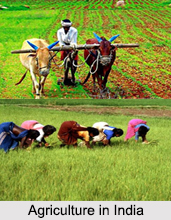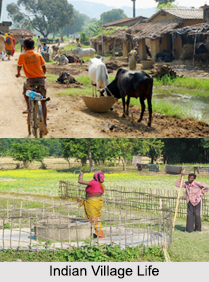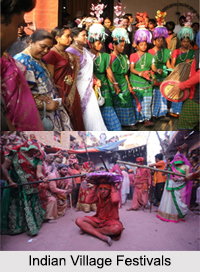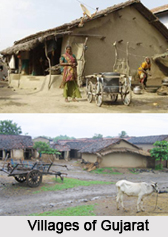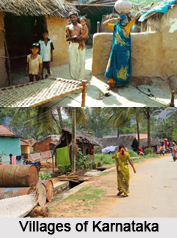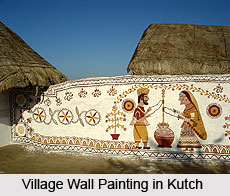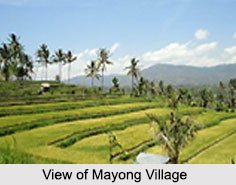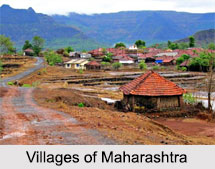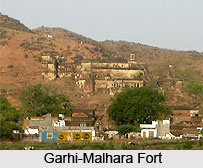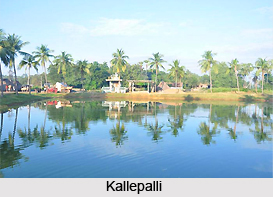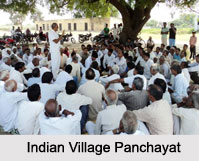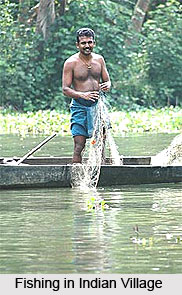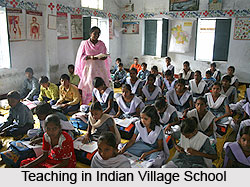 The Kuntala Village is a village and Mandal located at Telengana in Andhra Pradesh. It is situated between the Nirmal Bhainsa highways towards kallur junction. It is mostly known for its waterfalls.
The Kuntala Village is a village and Mandal located at Telengana in Andhra Pradesh. It is situated between the Nirmal Bhainsa highways towards kallur junction. It is mostly known for its waterfalls.
Mythology of Kuntala Village
As mentioned in Hindu mythology, Kuntala Waterfalls was named after the legendary figure Shakuntala, who was the beloved of King Dushyanta. It is said that both of them fell in love with each other in the beautiful region. Shakuntala used to bathe in the waters of this waterfall. It appears as if God himself likes this place as much as people do. A temple dedicated to Someshwara Swami is located in the vicinity, where people come to pay their homage to the Lord.
Kuntala Waterfall
The village Kuntala is distinguished for the Kuntala Waterfall. This is one of the highest waterfalls in the Andhra Pradesh state with a height of 45 meters. Kuntala Waterfall is situated in the Sahayadri mountain range.
This article is a stub. You can enrich by adding more information to it. Send your Write Up to content@indianetzone.com

